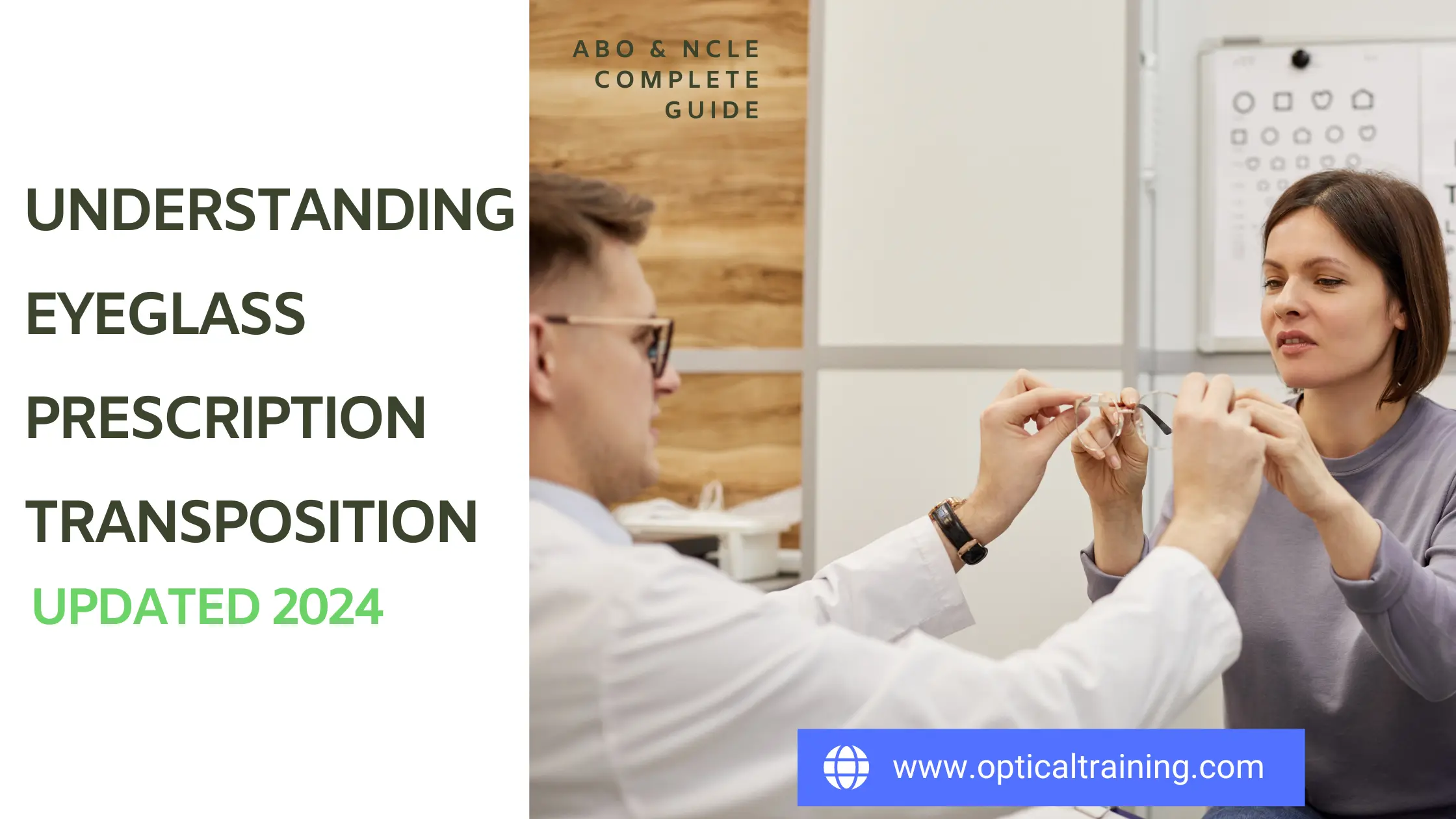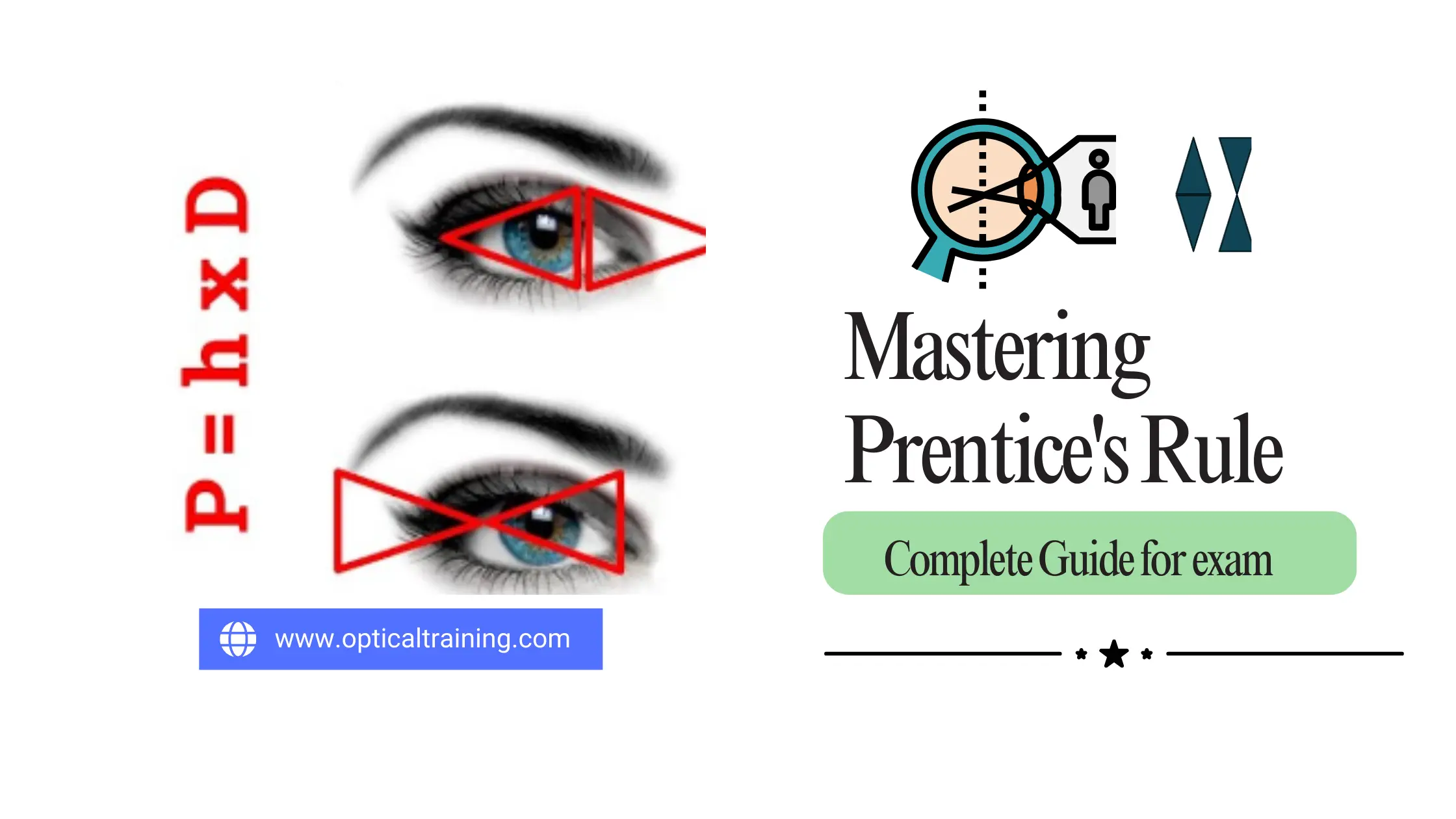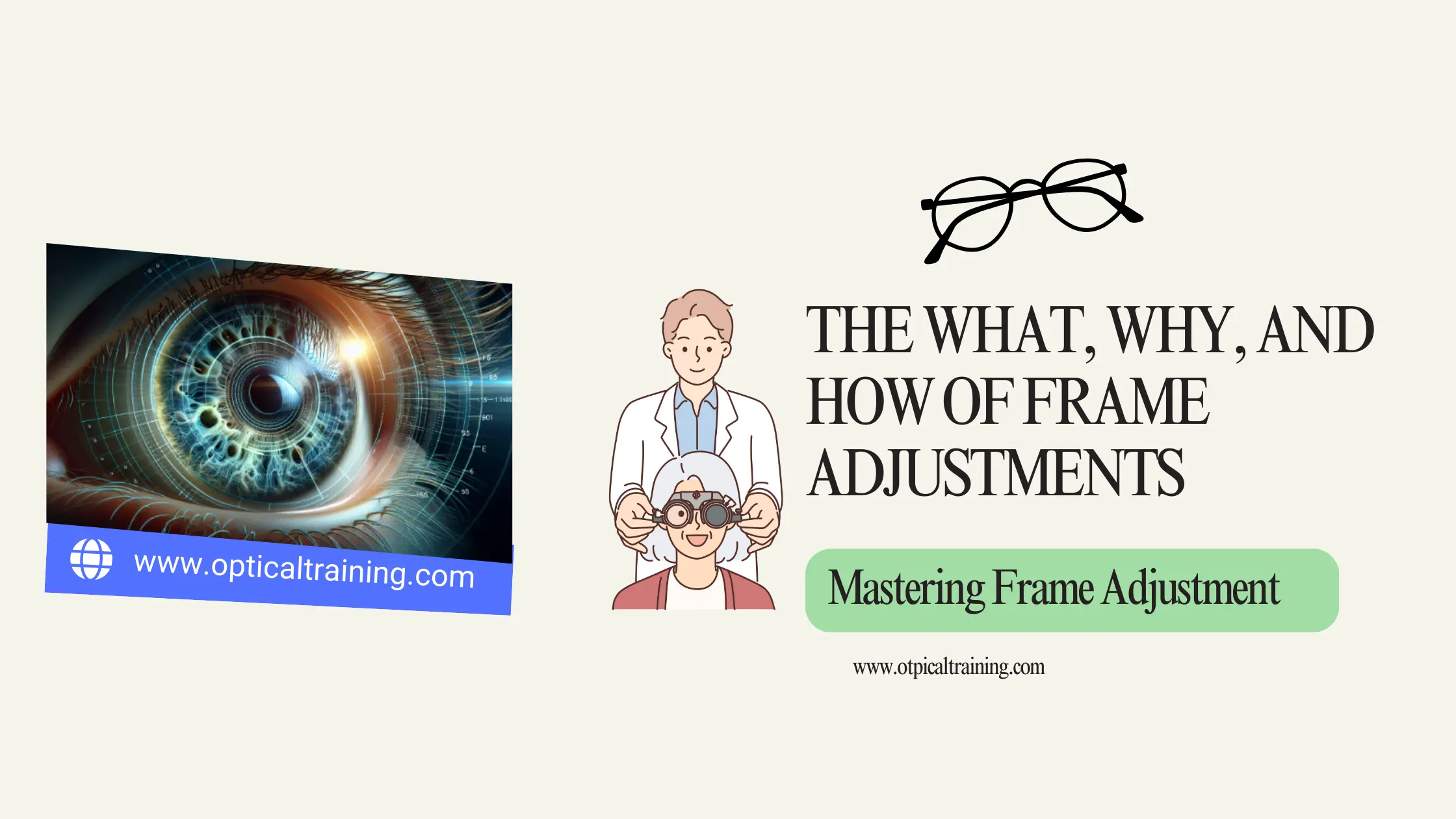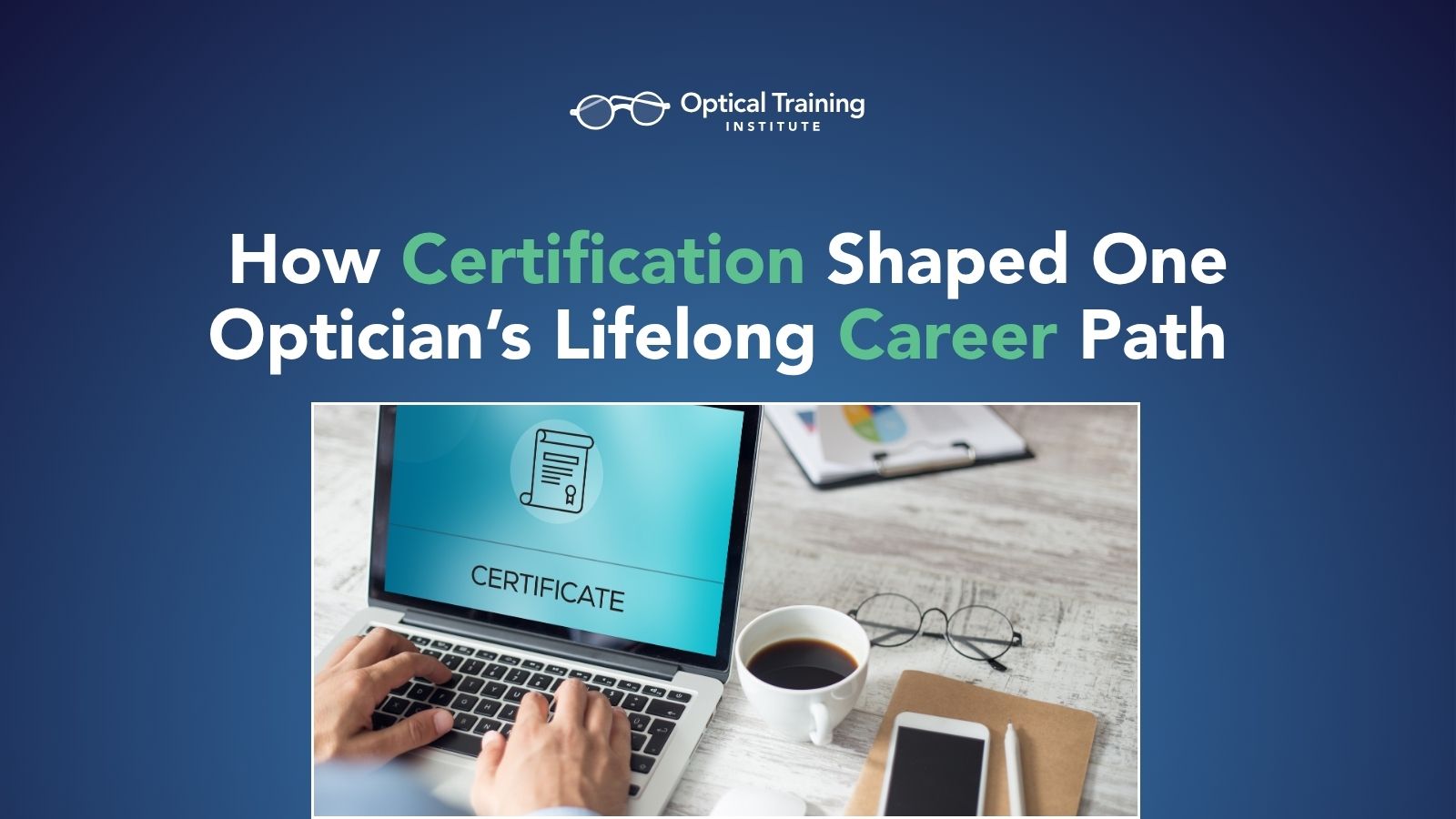Our Blog
Welcome to the Optical Training Institute News & Blog, your go-to source for the latest insights, updates, and tips in the field of opticianry. Whether you're a seasoned professional or just starting your journey, our blog offers valuable information to help you stay informed and excel in your career. Explore industry news, educational resources, and success stories from our vibrant community.

Stay Ahead of The Curve.
Dive into our curated collection of articles and resources, crafted to support and enhance your professional journey. Stay ahead with insights from the Optical Training Institute.

Anatomy and Refractive States of the Eye: Identifying Ametropia with the Optical Cross
Ametropia Overview The human eye is a remarkable optical system, capable of capturing and processing light to give us the gift of vision. However, when the refractive power of the eye is misaligned with its physical structure, refractive errors—known as ametropia—can occur. These errors include myopia, hyperopia, and astigmatism, each affecting the way light focuses … <a href="https://opticaltraining.com/blog/anatomy-refractive-states-of-the-eye-identifying-ametropia-with-the-optical-cross/">Continued</a>

Ophthalmic Frames: Unraveling the Intricacies of the Measuring Systems
System of Frame Measurements Eyeglass frame and lens measurements are a critical aspect of the optical industry. Frames may be measured using either one of two systems, the Datum System or the Boxing System. The Datum System When measuring an eye size using the datum system, an imaginary line is drawn through the middle of … <a href="https://opticaltraining.com/blog/ophthalmic-frames-unraveling-the-intricacies-of-the-measuring-systems/">Continued</a>

Understanding Eyeglass Prescription Transposition
The Essence of Transposition Transposing an eyeglass prescription involves converting the numerical values from one format to another, without altering the optical properties of the lens. This is particularly crucial when dealing with prescriptions that include astigmatism correction, as they can be written in either a plus cylinder or minus cylinder notation. Astigmatism and Prescription … <a href="https://opticaltraining.com/blog/understanding-eyeglass-prescription-transposition/">Continued</a>

Mastering Prentices Rule
Once it is found that either wanted or unwanted prism is present in any given lens and the direction of the base is determined, the power of the prism can then be calculated utilizing a simple formula called Prentice’s Rule. It is important to become familiar with Prentice’s Rule since it may be used as … <a href="https://opticaltraining.com/blog/mastering-prentices-rule/">Continued</a>

Ophthalmic Frames: Measurements and Markings
Frames: Measurements & Markings Frames may be measured using either one of two systems, the Datum System or the Boxing System. Datum System of Measurements When measuring an eye size using the datum system, an imaginary line is drawn through the middle of the eyewire both in the horizontal and vertical planes. The length of … <a href="https://opticaltraining.com/blog/ophthalmic-frames-measurements-markings/">Continued</a>

The What, Why, and How of Frame Adjustments
The Comprehensive Guide to Mastering Frame Adjustments Ensuring a proper, personalized fit is paramount when it comes to eyeglasses. Every single frame must be meticulously adjusted and customized to the individual patient for optimal visual performance and comfort. As an eye care professional (ECP), navigating the nuances of frame adjustments is a critical skill that … <a href="https://opticaltraining.com/blog/the-what-why-and-how-of-frame-adjustments/">Continued</a>



